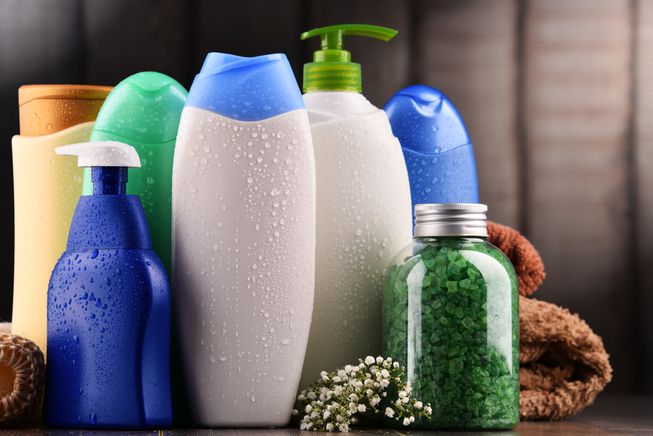The chemicals found in items you use every day - like your shampoo, perfume and cleaning products - now have as much of an impact on air pollution as vehicle emissions, according to a new study by the National Oceanic and Atmospheric Administration (NOAA).
美国国家海洋和大气管理局进行的最新研究发现,在洗发水、香水和清洁用品等人们每天使用的物品中发现的化学物质如今对空气污染的影响与汽车排放的影响一样大。
Researchers used 15 times more petroleum as fuel than as ingredients in consumer and industrial products, they said, yet the amount of chemical vapors released into the atmosphere through scented products is roughly the same as through fuel emissions.
研究人员表示,在消费者和工业产品中,他们使用的石油燃料是原料的15倍,然而,通过香味产品释放到大气中的化学蒸汽量与燃料排放量大致相同。
Those vapors are volatile organic compounds (VOCs). They react with sunlight to form ozone pollution, and the researchers found they also react with various chemicals in the atmosphere to create fine particulates in the air.
这些蒸汽是挥发性有机化合物。它们与阳光发生反应形成臭氧污染,而且研究人员发现,这些蒸汽还会与大气中的各种化学物质发生反应,从而产生空气中的细微颗粒。
"As the transportation sector gets cleaner, these other sources of volatile organic compounds become more and more important," said a NOAA scientist. "A lot of stuff we use in our everyday lives can impact air pollution."
该管理局的一位科学家称:“随着交通运输业变得越来越清洁,挥发性有机化合物的其他来源会变得越来越重要。我们日常生活中用的很多东西都会对空气污染产生影响。”

For the study, which was published in the journal Science, researchers specifically studied air pollution over greater Los Angeles.
这项研究发布在《科学》杂志上,研究人员特别研究了洛杉矶上空的空气污染问题。
The team couldn't reconcile measurements made over the area with estimates of transportation emissions. So they reassessed sources of air pollution by combing through recent chemical production statistics and evaluated indoor air quality measurements that were made by other groups.
该团队无法将在该地区进行的测量与运输排放量的估计进行协调。因此,他们通过梳理最近的化学品生产统计数据重新评估了空气污染的来源,并评估了其他小组进行的室内空气质量测量的结果。
The team found that the VOC levels emitted by chemical products are actually two or three times more than earlier estimates, which had also overestimated emissions from vehicles.
该研究小组发现, 化学产品排放的挥发性有机化合物含量实际上比以前的估计值高出两到三倍,这也高估了车辆排放量。
As an example, the Environmental Protection Agency estimates that about 75 percent of VOC emissions come from vehicles and about 25 percent from chemical products. The new study says the sourcing is closer to 50-50.
例如,环境保护署估计,大约75%的挥发性有机化合物排放来自车辆,约25%来自化学产品;而这项新的研究表明,后者已接近50%。
The lopsided air-quality impact is due to an inherent difference between scented chemical products and fuels.
不平衡的空气质量影响是由于气味化学产品和燃料之间的内在差异造成的。












